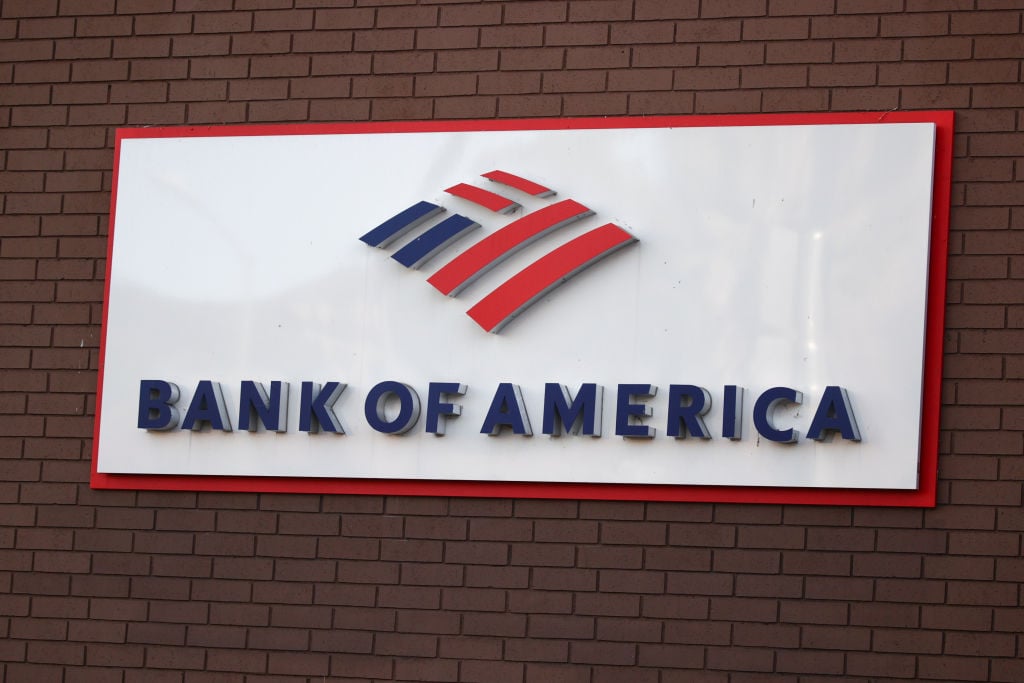Most investors probably won't be surprised to learn that Bank of America (NYSE: BAC) is among the most actively traded stocks on the New York Stock Exchange. Not only is it one America's largest financial institutions -- second only to JPMorgan Chase (NYSE JPM) in terms of total assets -- but it's also operating under a heavy cloud of uncertainty related to liability for its role in the mortgage mess.
Yet it's nevertheless surprising to see just how actively traded its shares are. It's far and away the most actively traded stock on any of the American exchanges. More than 277 million of its shares change hands on a typical trading day. This is more than the volumes of the next five most actively traded stocks combined -- exchange-traded funds excluded.
Why traders love Bank of America
The explanation appears to be twofold. First, it has an enormous number of shares outstanding. The bank's share count increased markedly from around 3 billion in 2002 to more than 10 billion in 2011, as it raised capital to stay afloat in the financial crisis. It now has the largest share count of any American company besides General Electric's 10.6 billion.

Bank of America Corporation Shares Outstanding Chart by YCharts
The relationship between outstanding share count and volume is further supported by a look at some of the bank's competitors -- all of which have both lower shares counts and lower average daily trading volumes. Its closest competitor in terms of size, JPMorgan Chase, has an average volume of a relatively paltry 37 million shares, versus only 3.8 billion shares outstanding. Citigroup (NYSE: C) has an average volume of 52 million shares, with only 2.3 billion outstanding. And Wells Fargo (NYSE: WFC) has an average volume of 32 million shares, with 5.3 billion outstanding.
The second thing is that Bank of America appears to have caught the eye of high-frequency traders -- for more on this increasingly important phenomena, see the columns by my colleague Alex Planes starting with "The Machines Moving the Market." According to a recent article by the Associated Press: "Bank of America is the stock of the moment for high-frequency trading, the supercomputer-driven buying and selling that barely existed a few years ago and now accounts for as much as two-thirds of U.S. trading."
Source: Yahoo! Finance.
While this claim is difficult to verify absent supercomputer admissions -- that is, assuming the supercomputers would be willing to talk -- there is strong anecdotal support for it. For one, the trading volume in Bank of America's shares reset only within the past few years, at roughly the same time high-frequency trading became more ubiquitous. And for two, its high share count and single-digit price make it extremely attractive to computer-based trading systems -- as most algorithms purportedly need both to maximize profitability.
Foolish bottom line
At the end of the day, of course, it doesn't really matter how many shares of a specific stock are traded each day, or even whether computers as opposed to humans are behind the trades. What matters most are results. And in this regard, Bank of America has not disappointed investors so far in 2012. For the year, its stock is up more than 45%. And Foolish financial-sector analyst Anand Chokkavelu concluded recently that he's "bullish on Bank of America for advanced investors who can stomach the risk and unknowability of its balance sheet."
If you want to get in on the banking sector's recent boom but Bank of America's volume doesn't interest you, check out our recently released free report on stocks only the smartest investors are buying. Among others, it discloses the identity of a relatively small financial institution that Warren Buffett would have probably been attracted to in his younger years. Access this report while it's still available and before the rest of the market catches on -- it's free.






